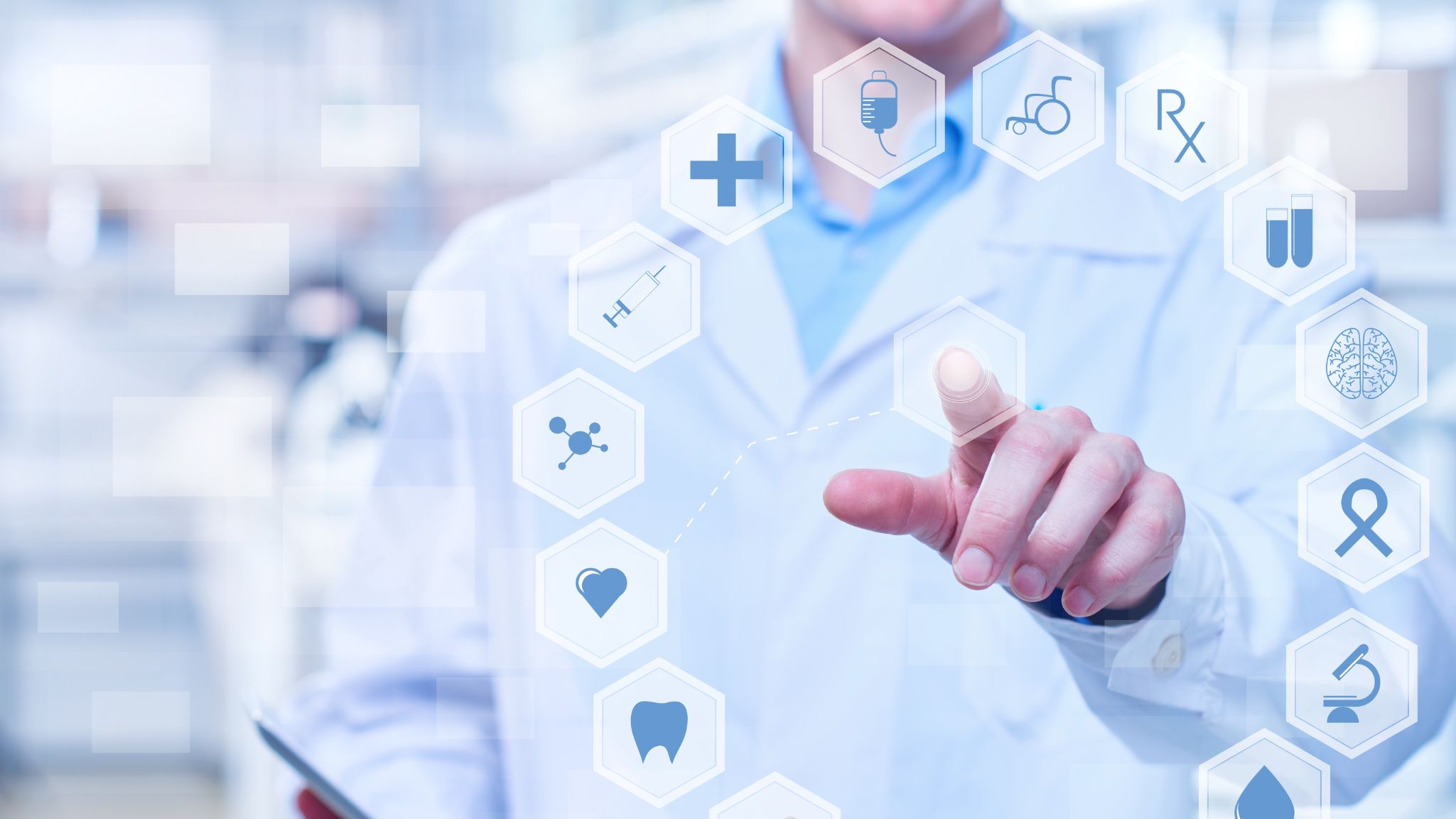DiGA 2.0 is here – and brings far-reaching changes for manufacturers of digital health applications. The new Digital Act has been in force since March 26, 2024, redefining the framework conditions for DiGA: from higher regulatory requirements to innovative care models. This article shows what is important now.
What is a DiGA?
A DiGA is a digital health application that can be used by patients to monitor, improve or stabilize their health. These applications are classified as medical devices and offer, among other things, personalized feedback based on the data they receive from patients or indication-specific exercises and tips. The main function of the DiGA is based on digital technologies and the medical purpose of the underlying medical device must be essentially achieved through the main digital function.
DiGA 2.0: The most important changes due to the Digital Act 2024
The new law has introduced some key changes aimed at further improving the quality and effectiveness of DiGA:
With regard to DiGA development and indication-related use, two further changes lead to new approaches:
DiGA 2.0 in pregnancy: use in high-risk cases
A particularly interesting area of application for DiGA concerns the care of pregnant women. A normal pregnancy is a condition and by definition does not constitute a disease.
A digital health application that aims to treat medical problems or complaints during an irregular pregnancy can be approved as a DiGA under certain conditions. This applies, for example, to high-risk pregnancies or pregnancy-related illnesses. The focus here is on the therapeutic benefit – applications that specialize in the control of pregnancy-associated complications can therefore significantly improve the care of affected individuals.
The use of such DiGAs could, for example, help to manage gestational diabetes or reduce the risk of premature births. It is important that these applications are based on sound medical studies that prove their diagnostic and therapeutic benefits.
DiGA and telemonitoring
The combination of DiGA and telemonitoring is a step into the future of networked healthcare. The extension of DiGA to higher risk classes (IIb according to MDR) creates new opportunities to use telemedicine procedures to better manage diseases across geographical distances.
DiGA can now also include more complex telemedical monitoring functions. This means that in future the focus can be placed on evaluating the positive effect of care, including the services of contract doctors, contract psychotherapists or other service providers.
Especially in combination with telemonitoring, both sides – patients and service providers – benefit from the data collected and its analysis. This promotes holistic care in which medical professionals and digital tools work hand in hand.
Challenges and future prospects
The requirements for DiGA are constantly increasing, especially in terms of interoperability. This means that DiGA must be able to transmit and receive data in standardized formats in order to ensure a higher quality of treatment and better data protection. The binding nature of standards and profiles will ensure that DiGAs are integrated even more closely into existing healthcare processes in the future.
Conclusion: DiGA 2.0 as a driver of digital patient care
Digital health applications are a central component of modern patient care. The changes brought about by the Digital Act will not only pave the way for innovative, effective applications, but also prioritize the safety and effectiveness of DiGA.
New opportunities for more individualized and efficient healthcare are opening up, particularly in the care of pregnant women. The ban on exclusive contracts with pharmaceutical manufacturers ensures that patients’ freedom of choice and medical freedom of therapy are not impaired. The loan of hardware components and the rapid provision of the activation code also ensure that all patients have prompt and uncomplicated access to the necessary devices and applications.
The combination of DiGA with telemonitoring is a milestone in the development of digital health applications. These new arrangements make it possible to efficiently manage chronic and complex diseases over long distances, while the active role of contract physicians and other professionals remains integrated into the treatment process. Strict requirements for proof of medical benefit ensure that the quality and effectiveness of these technologies is assured. Digital networking through DiGA and telemonitoring thus offers considerable benefits not only to patients, but also to doctors and the healthcare system as a whole, and will play a central role in patient care in the future.
The future of healthcare lies in digitalization – and DiGAs are the key to this.

